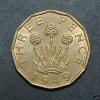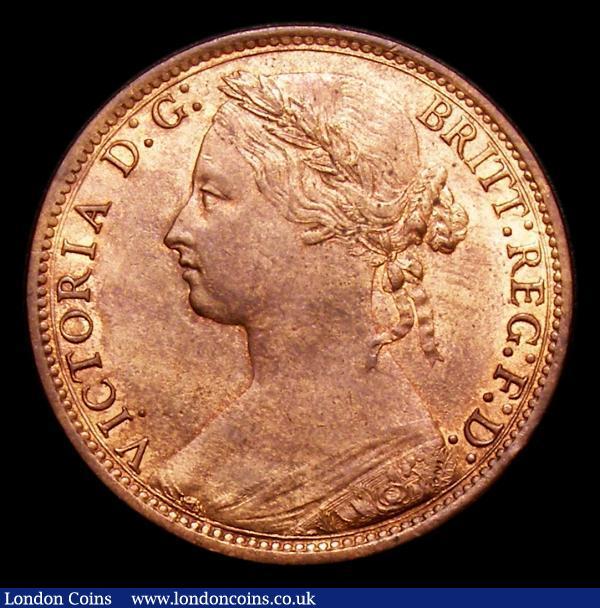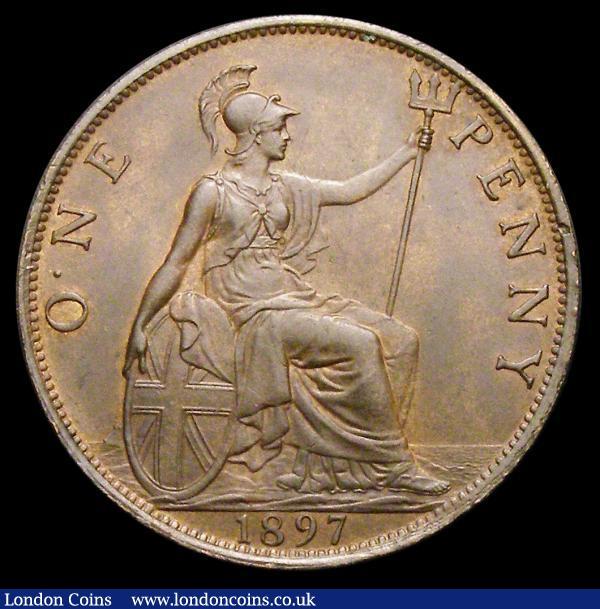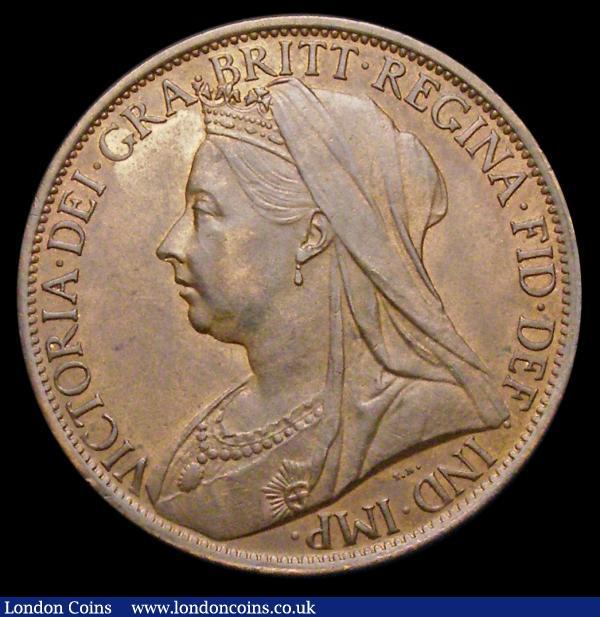-
Posts
8,081 -
Joined
-
Last visited
-
Days Won
262
Content Type
Profiles
Forums
Events
Downloads
Store
Gallery
Articles
Everything posted by 1949threepence
-
Agreed, I'll have to wait until I'm 68, so I don't see why they should get any further concessions. Besides which, it would have a knock on effect to the age group just below the waspi women, who would then say they were being unfairly treated.
-
The London Labour elite badly miscalculated the mood of the country as it stood outside the M25. Of course, the elephant in the room is that with a more credible leader, Labour would probably have strolled it.
-
Live and let die more like, Blake
-
The ones that I've crossed out I now have. Still on the lookout for the others. Thanks.
-

1945 3d Discovered
1949threepence replied to VickySilver's topic in British Coin Related Discussions & Enquiries
Nor me - even the image is a collector's piece. It'll be interesting to see what it fetches at auction. -
There are clearly two completely different marks, albeit in the same general position (although, not precisely) on the 1946 penny. The one referred to as a footnote in Peck, page 518 of the 1964 edition, states: "Some specimens of this coin have a small raised dot (flaw) on the rev, high up after ONE (specimen in BM)' Freeman, at point No 36 on page 75 of Bronze Coinage of GB book dated 1985, states "Some specimens have a small elongated raised dot in the field above the E of 'ONE', caused probably by damage to the die" - the operative word being "elongated" - thus highlighting the apostrophe shape. The confusion seems to arise from the fact that the apostrophe shaped mark is referred to as a dot, the same as the actual dot penny shown by Bob, with the later excellent photo from Mick - but of course that dot is in a different place and is a different shape to the much more well known one referred to by Peck and Freeman.
-
Or is he referring to the apostrophe type? He only mentions one, and that is obviously the better known.
-

Stuff to Make Us Laugh
1949threepence replied to Madness's topic in Nothing whatsoever to do with coins area!
-
It is. I note that NGC is free in this respect though.
-
Thanks Bob. New discovery as far as most of us are concerned.
-
There you go then, Bob. Your challenge, should you choose to accept it, is to get that 1946 dot penny published as a variety.
-
100% agreed.
-
I think what I mean is that a coin exhibiting, say, a single dot, such as the 1946 penny possessed by Bob, with no other known examples, is never going to be collectable by a group of competing collectors, as a) there is only one, and b) it isn't going to spark that much interest.
-
There's a strange irony about that. The very rare and the extremely rare are prized. But the one off otherwise unknown variety, is not. It isn't "collectable by collectors" as only one person can ever own it. I say "otherwise unknown" because if an 1863 die No 1 or 6 were to appear, it would be a one off, but part of a known family - so the same rules don't apply (as it were).
-

Stuff to Make Us Laugh
1949threepence replied to Madness's topic in Nothing whatsoever to do with coins area!
-
Could send you dotty....although I'm carrying on whatever, full stop.
-
-
Mine too, Bob. *Adjacent to the 4th tooth after the E, whereas the dot on the pic above is adjacent to the 3rd tooth after. ETA * which you'd already said yourself in the post before the one I quoted..
-
That it is. So are we looking at two separate phenomena (for want of a better word)?
-
It is, but I think my theory is a possibility. Although the raised dot is in a place that doesn't suggest it was put there intentionally, who knows? There may be all manner of reasons why. Anyway compare and contrast the dot with the colon dots on this 1897. They are identical:-
-

LCGS - how do you actually register with them?
1949threepence replied to 1949threepence's topic in TPG Discussions
I think so Bob, yes. Bit of a foreign accent - we've spoken before. She was a bit sharp at first, but seemed much pleasanter towards the end of our conversation. I suspect it's just the way she is. -
I've become increasingly interested in the possibility that the 1897 O . NE penny might have been a full stop punched in the wrong place. Same principle might apply to other dot pennies, but for the purposes of this exercise I'm concentrating on the F147. If you examine the dot it is of perfect circular symmetry and is (as far as I can tell) exactly the same size and structure as a full stop or colon dot on the obverse. It certainly wouldn't attract any comment in the same position as a colon dot. Ranged against this argument, of course, is the documented discovery of pennies with only a mark in this area, suggestive of gradual formation due to die flaw. In an article written for the October 1976 edition of Coin Monthly (The importance of FLAWS AND VARIETIES on modern bronze, pages 67 to 71) Michael Freeman states in this regard (page 71):- However, in the 43 years which have elapsed since Mr Freeman noticed this apparently early stage flaw specimen of the 1897 dot, how many others have been seen where the dot is in this early stage? Does anybody have a picture of one? Might this formation have been unconnected with the dot, and just co-incidentally be in the same place? Thoughts?
-

LCGS - how do you actually register with them?
1949threepence replied to 1949threepence's topic in TPG Discussions
So anyway, I called LCA today and was told that the mechanics of how to join is shown on the FAQ of the LCGS website, but I'm buggered if I could find it, having already looked. If it is there, it's very well hidden. As I said above, it does point out the benefits of membership (and the £99 fee to join), but not how to join. I pointed out that I was unable to find it and she advised me to send an e mail to the info at London Coins e mail address, with my details and she'd get back to me. -

Alan Hunt coins?
1949threepence replied to Conor44's topic in British Coin Related Discussions & Enquiries
At my old school we had a Mr Sharpe and a Mrs Blunt among the teaching staff. -

Alan Hunt coins?
1949threepence replied to Conor44's topic in British Coin Related Discussions & Enquiries
Elsewhere there is Teresa Green and Justin Case....back in real life, I knew of someone with the double barreled surname "Winter-Snow"







